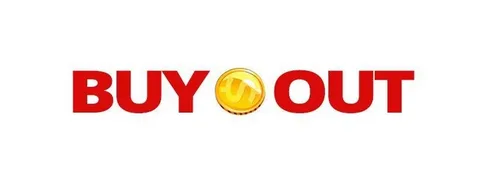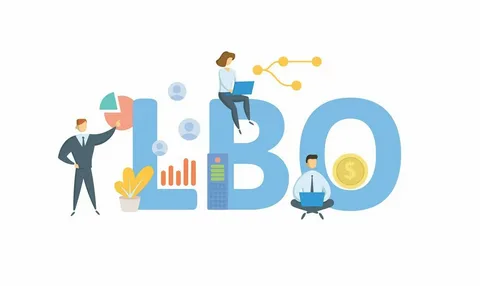Introduction
Debt occurs in numerous forms, including credit cards, loans, and mortgages. It’s a critical component of the business sector, employed by individuals and organizations. Debt can be used to buy homes and cars and make everyday expenditures that do not require immediate payment. Similarly, businesses can borrow money from lenders to support their operations, perform critical research and development (R&D), or even for growth plans. This includes making investments. These are known as leveraged good well buyout (LBOs).
What is a buyout?
A buyout is an investment transaction in which one party gains control of a firm through outright purchase or acquiring a controlling equity position (at least 51% of the voting shares). A good well buyout typically includes the purchase of the target’s outstanding debt, also known as assumed debt by the buyout. The transaction frequently occurs when the purchaser believes a company is undervalued or underperforming, with the potential to improve operationally and financially under new ownership and leadership. Like any other investment, a buyout occurs when an acquiring party perceives a potential to profit from their investment. A buyout offer may be one of a business owner’s primary goals or an unexpected opportunity that comes.
Benefits of LBOs
Could an LBO be the best option for your subsequent acquisition? Let’s look at the positives.
Define Leveraged Buyout (LBO).
The phrase “leveraged buyout” refers to the acquisition (or purchase of a majority stake) of a firm in which the acquirer – often one or more private equity managers – primarily employs debt (leverage) to fund the deal. That debt is recorded on the purchased company’s balance sheet, with the assets and anticipated cash flows as a guarantee for considerable leverage. LBO model estimates often consider these prospective cash flows and assets when determining the buyout’s viability.
In the case of a private equity manager leading the transaction, the firm’s purpose is to purchase a company as an investment and eventually exit the position – commonly through an IPO, sale, or merger with another company – to generate a return for the firm and investors.
What are the primary financing options for leveraged buyouts?
No one knows what sources Musk used to fund the Twitter acquisition. However, multiple banks, investors in shares, and even a Saudi prince are said to have been involved. The deal is a fantastic example of the level of ingenuity that businesses can exhibit when seeking investment.
Equity Partnerships
Equity agreements are shared ownership in which partners invest capital in exchange for a portion of the earnings. Owners may form alliances with affluent friends, private equity firms, or other corporations. Joining forces decreases the acquirer’s financial burden while spreading risk across partners.
In the case of Twitter, Musk’s equity partners included the Saudi Prince and investors in stocks. They helped bridge the financial gap in the hopes of enjoying some benefits.
Mezzanine Financing
Mezzanine finance is a hybrid debt-equity financing strategy. Equity investors may give mezzanine loan money in exchange for some equity in the target company. This creates an imbalance.

For example, Company A wishes to purchase Company B for $20 million. It invests $5 million of its own money and takes out a $10 million business loan. Bank C then provides an extra $5 million in mezzanine financing. Company A spends $20 million to buy Company B. If it fails on the mezzanine loan, Bank C will acquire the unpaid balance in company stock.
Disadvantages
Reduced staff morale: The acquired company’s personnel sometimes do not share the new leadership’s goal. This produces a hostile working environment and lowers employee morale.
Bankruptcy risk: If the investment firm fails to pay its debts, it may face bankruptcy.
Layoffs: The purchasing corporation must implement severe cost-cutting tactics to turn around the acquired company. Furthermore, this leads to employee layoffs.
How to Evaluate Goodwill When Selling a Business
When a company is sold for more than the actual market value of its tangible assets, the difference between the cost of the sale and the value of the assets purchased is recorded on the buyer’s balance sheet as goodwill. The calculated value of goodwill is the amount ascribed to the intangible assets acquired by the buyer. Firm reputation, brand recognition, client and vendor lists, knowledge about staff members, internal processes, and so on are intangible assets typically sold by a firm. Other intangibles may include copyrights, intellectual property, patents, trade secrets, custom software and databases, etc.
